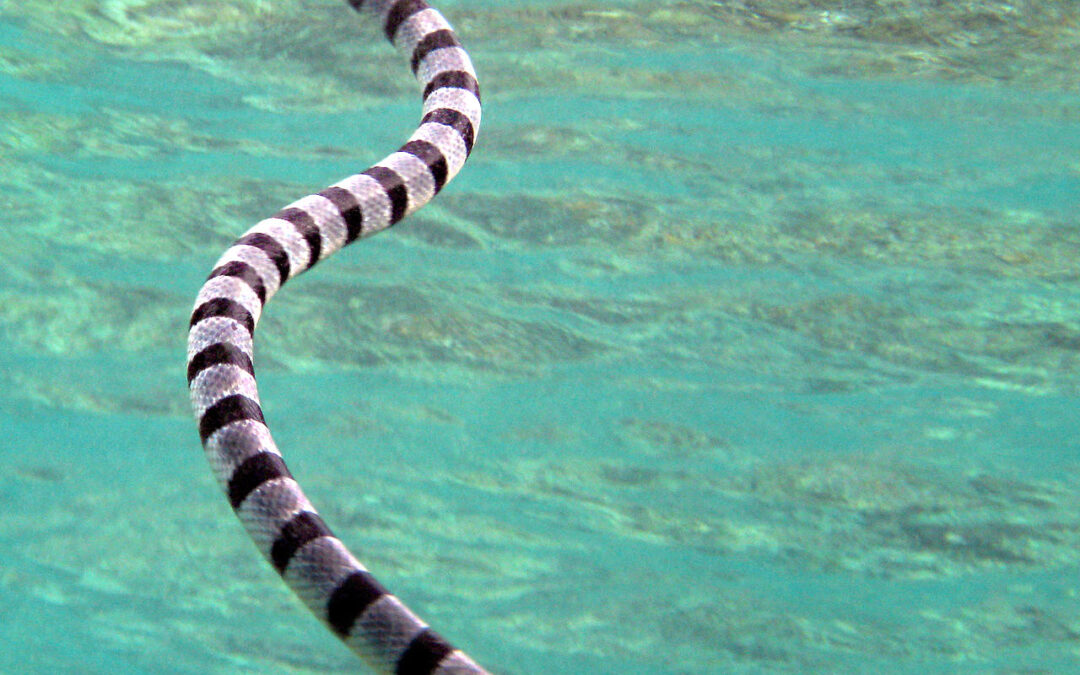Snakes dared to re-invade the sea because retention of aerial respiration gives the reptiles venomous powers unrivaled by even the most snake-like of fishes.

Prof. Mumblebard claims: “Eels are serpentine fishes, whereas sea snakes are reptiles returned to the water. Their coexistence is simply the result of small-scale differentiation of niches, marine habitats being diverse enough to accommodate both lineages within the same functional guild. The result is various nuances within the category of a serpentine life form in the sea.”
Robin and the Honey Badger respond: “Despite the superficial similarities in body size and shape of sea snakes and eels, their niches are distinct, with the multidimensional differences between these animals outweighing their two-dimensional similarities. The usual differences between reptiles and fishes don’t explain their extreme reproductive divergence: sea snakes produce a few advanced offspring whereas eels produce many small larvae bearing no resemblance to adult eels. Equally unexpected is that the ~60 species of sea snakes perform ecological functions – such as the eating of eels – that are rare or undocumented across the ~800 eel species. This is because of basic differences in metabolic power. A prime example is that sea snakes, powered by aerial oxygen, can afford to produce venom strong enough to prevent eels – after being swallowed whole – slithering back out of their long stomachs.”

***
Featured image: A banded sea krait (Laticauda colubrina) by Craig D (CC BY-SA 2.0, Banded Sea Krait)

